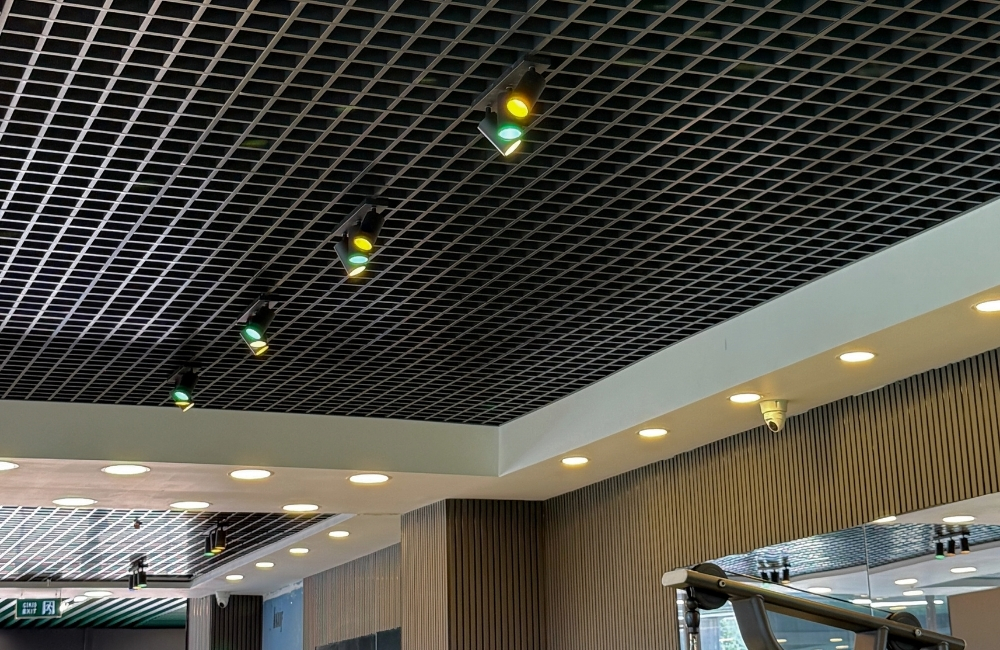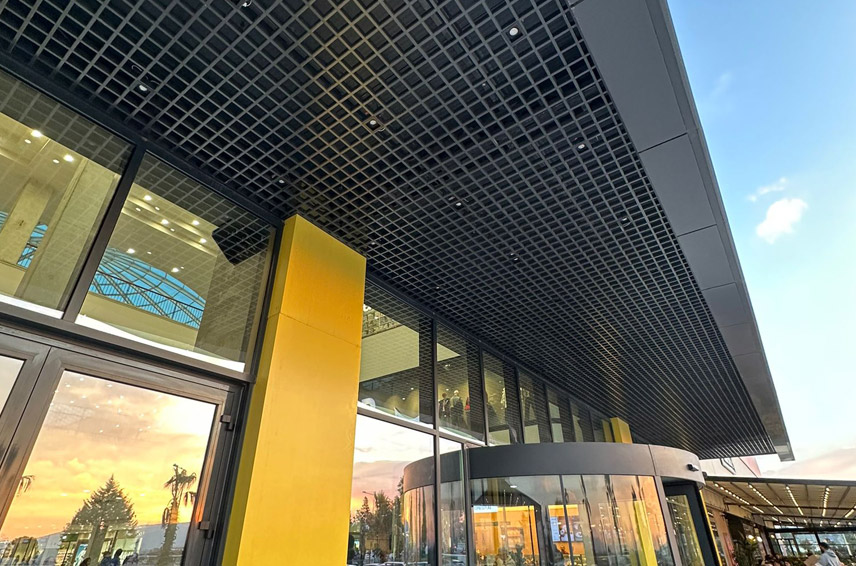Earthquake Safety in Suspended Ceilings: The Role of Modular Systems
The Importance of Non-Structural Systems
Non-structural systems include all furniture, walls, ceilings, and electrical-plumbing installations within a building's interior. During an earthquake, the safety of these elements is often as critical as structural safety but can be overlooked. However, the safety of non-structural systems directly affects the safety of occupants. Modular suspended ceilings, among non-structural elements, can pose significant risks if not designed to be earthquake-resistant.
What is a Modular Ceiling?
Modular ceiling systems are suspended ceiling solutions created by placing integrated panels onto carrier profiles. These systems are commonly used in commercial buildings like offices, shopping malls, and hospitals. Modular suspended ceilings offer the following advantages:
Aesthetic variety: Various colors, textures, and patterns add elegance to interiors.
Quick installation and easy maintenance: Panels are easy to remove and replace.
Easy access to service systems: Electrical, ventilation, and fire safety systems are housed in the ceiling, allowing easy access.
Are Suspended Ceilings Earthquake-Resistant?
Suspended ceilings, as non-structural elements, are generally not considered sufficiently earthquake-resistant. However, with proper design and appropriate materials, they can be made earthquake-resistant. During an earthquake, modular ceilings may pose the following risks:
Panel Displacement
During an earthquake, panels in modular ceiling systems may slip or fall, creating serious safety hazards and compromising the ceiling's aesthetic function.
Carrier Profile Flexing or Breaking
Carrier profiles in modular ceilings must resist earthquake lateral forces. Flexing or breaking of profiles threatens ceiling stability.
Service Equipment Connections
Lighting, ventilation, and fire safety equipment in modular ceilings may detach during an earthquake, causing injuries. These must be securely fastened.
Measures for Earthquake Safety in Modular Ceilings
Seismic Fastening
To prevent panels from dislodging, seismic fastening should be applied using earthquake-resistant clips and fasteners to secure panels to carrier profiles.
Carrier System Reinforcement
Carrier profiles should be reinforced for earthquake resistance, using high-strength materials like steel or aluminum.
Independent Fastening of Load-Bearing Systems
Lighting, ventilation, and other service equipment should be independently fastened to prevent falling during an earthquake.
Flexibility and Fastening
Flexible gaskets should be used at panel edges, designed to prevent panels from separating during ceiling movement.
Double-Twist Baffle Spring-Loaded Carrier: A Patented Solution for Modular Ceiling Earthquake Safety
The double-twist baffle spring-loaded carrier is an innovative solution enhancing earthquake resistance in modular ceilings. This patented system:
Dampens vibrations and oscillations,
Prevents panel displacement,
Absorbs seismic movements to enhance ceiling stability,
Maximizes occupant safety during earthquakes.
This innovative system provides significant safety for modular suspended ceilings, maintaining structural integrity during earthquakes.
Conclusion: The Right Choice for Earthquake Safety in Modular Suspended Ceilings
While modular ceilings offer excellent aesthetic and functional solutions, they must be made earthquake-resistant. The safety of non-structural systems is critical for overall building safety. Innovative solutions like the Double-Twist Baffle Spring-Loaded Carrier ensure modular ceilings are earthquake-resistant, enhancing occupant safety. This approach protects both structural integrity and user safety, creating long-lasting structures.



